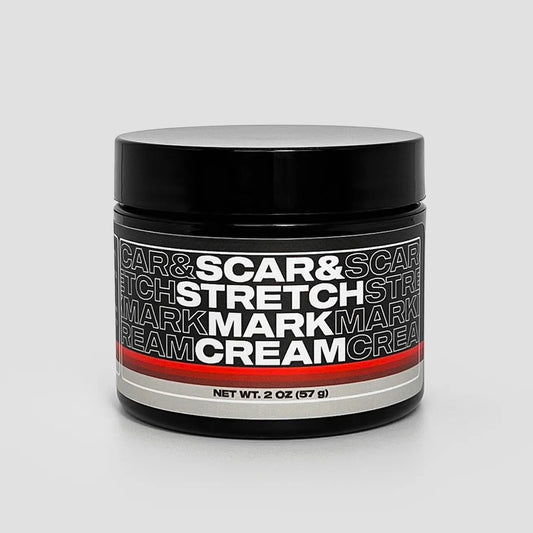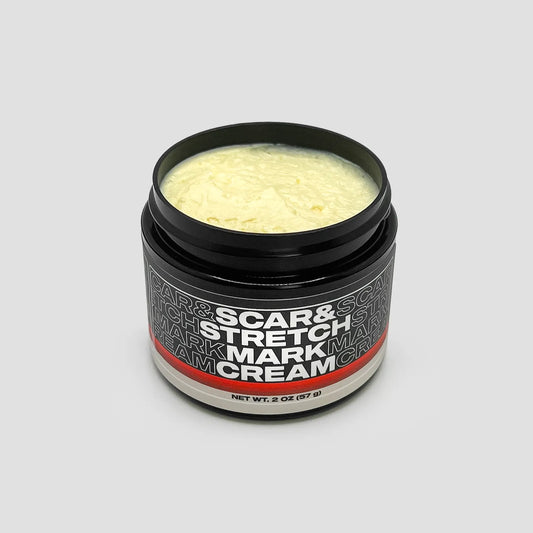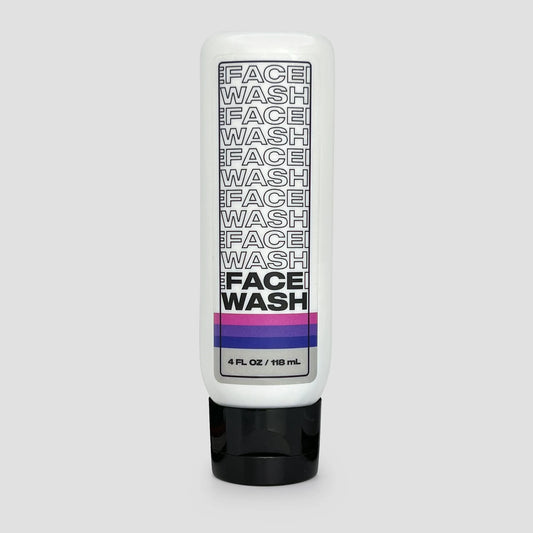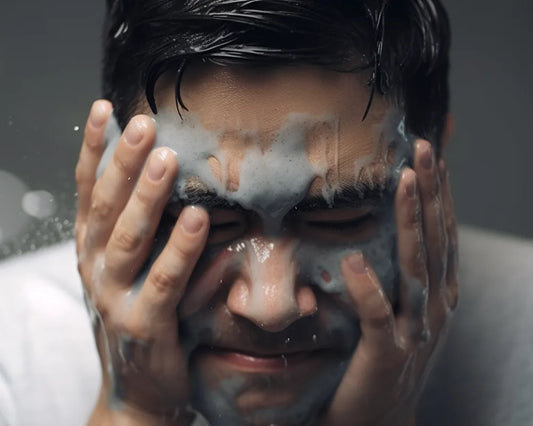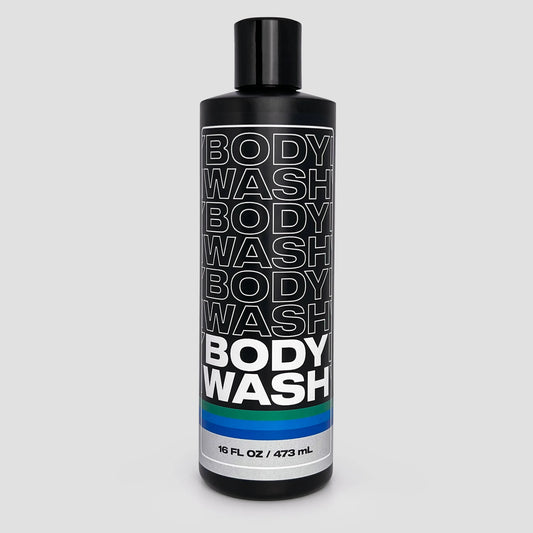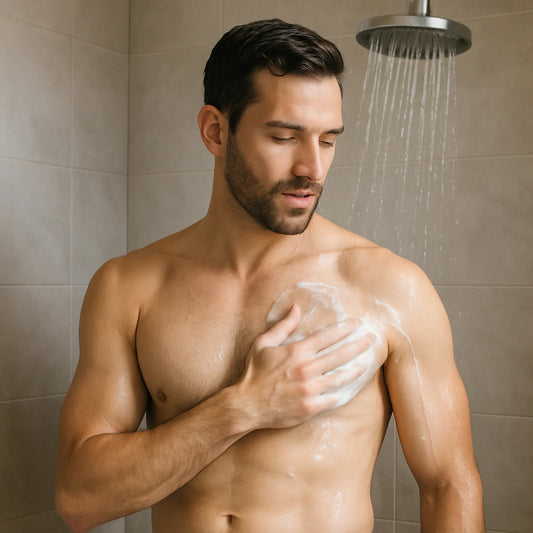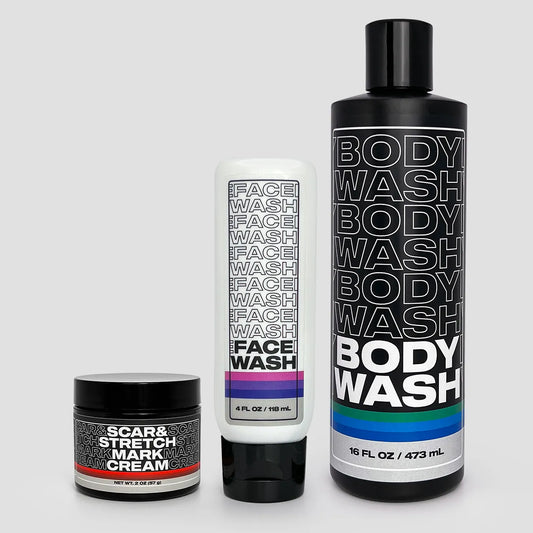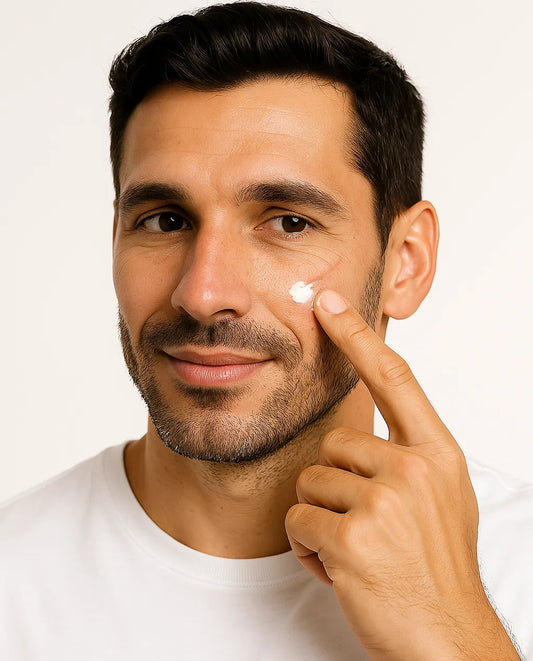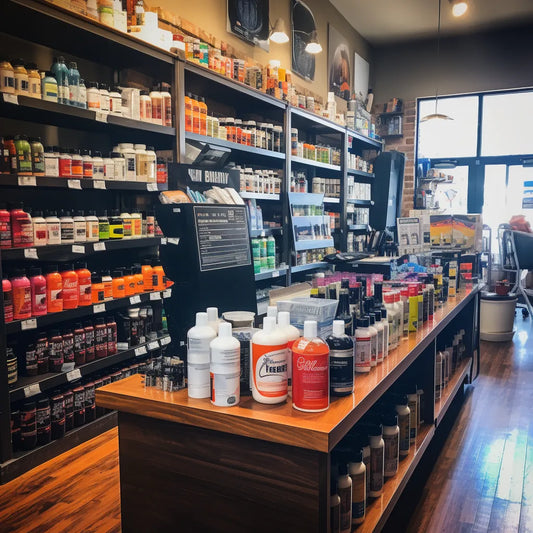
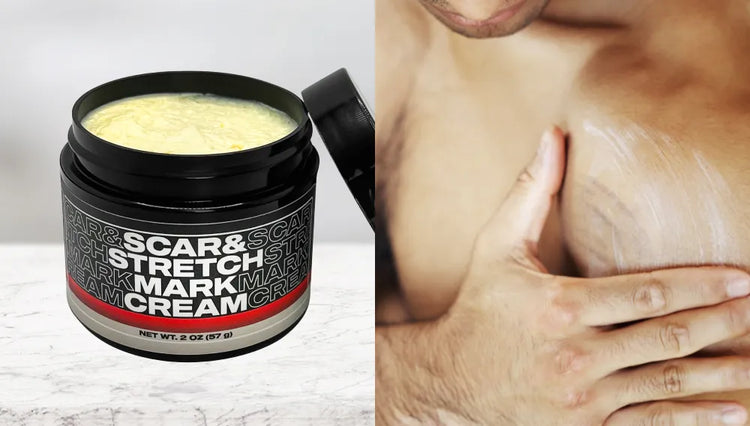
Having skin issues can sometimes feel like reading a book in a language you don't speak. One moment you're dealing with acne, and the next, there's a new problem: a stubborn mark or a scar that refuses to fade.
This article will explore the differences between acne marks and acne scars, a common quandary for fitness-enthused men who are keen on maintaining a healthy appearance.
Armed with the right knowledge (and the right products), these skin issues won't be as puzzling. This way, you can focus on what truly matters - your fitness journey and personal growth.
Read on to discover what causes these skin issues, how to differentiate between them, and pick up some valuable tips to prevent and manage them effectively.
What are acne marks?
Acne marks, often mistaken for scars, are discolored patches that appear after an acne breakout. They occur when the inflammation damages the skin's cells, leading to an overproduction of melanin in the healing process. Common types include post-inflammatory hyperpigmentation (PIH) and post-inflammatory erythema (PIE).
What are acne scars?
Acne scars are the physical indentations left on the skin due to severe acne. They occur when the breakout penetrates the skin deeply, damaging the tissue beneath. These scars can range from deep pits to scars that are angular or wavelike in appearance.
How to Distinguish Between Acne Marks and Scars
Differentiating between acne marks and scars is essential to tackling them effectively. Let's break this down into easily understandable steps.
1. Evaluate The Duration
Generally, acne marks will fade on their own over several weeks, while acne scars stay for a longer duration and don't fade significantly with time.
2. Assess The Texture
Run a finger across the affected skin. Acne scars tend to create a textured, indented, or raised patch of skin, while marks are generally flat and smooth to touch.
How can I prevent acne marks and scars from appearing?
Ensuring a good skincare routine is paramount to preventing acne marks and scars. Regular cleansing and exfoliating help eliminate dead skin cells and control excess oil. Topical treatments with ingredients such as retinoids, salicylic acid, and alpha hydroxy acids can be beneficial. Remember, timely intervention is essential. Leaving acne untreated is one of the biggest causes of acne scars.
Can these marks and scars be treated?
Yes, both marks and scars can be treated. Acne marks generally fade over time with correct care, while scars might need additional treatment. Topical creams can be potent for treating marks and improving overall skin texture.
Turning a New Page in Your Skin's Story
You now are well-equipped to differentiate between acne marks and acne scars. Remember, everyone's skin is different, and what works for one might not work for another. Recognizing individual skin issues and tackling them with the right products is key to maintaining and improving your skin's health. Armed with this knowledge, you are one step closer to mastering your skincare!
Recap: Busting the Acne Marks vs Acne Scars Myth
- Acne marks are discolored patches that appear after a breakout; acne scars are indentations left from severe acne.
- Acne marks tend to disappear over time, while acne scars are more long-lasting and less likely to fade significantly.
- Prevention is key: maintain a good skincare routine, and don't leave acne untreated.
In closing, remember that skin imperfections are a part of life and tend to add character to our personal journeys. No need to let them stop you from being your confident self!
